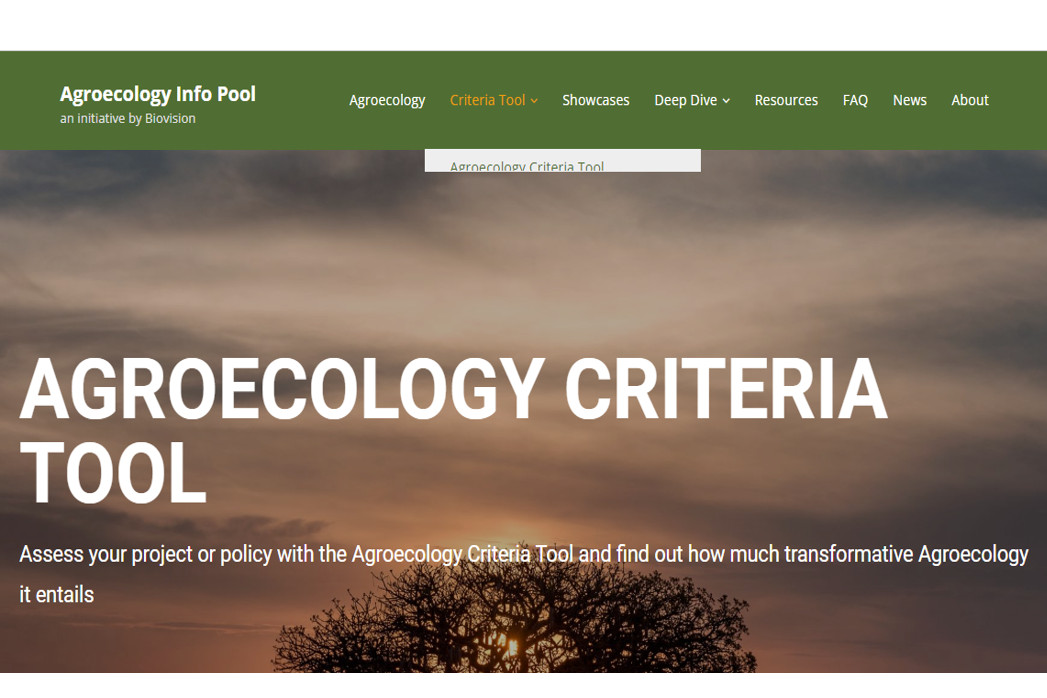
Langues disponibles :

Langues disponibles :
Daté : mai 2019
Auteurs : Stephen R. Gliessman , Biovision , FAO
Summary:
The Agroecology Criteria Tool (ACT) methodology is based on the analytical framework by Gliessman on the 5 levels of food system change and is embedded within the 10 Elements of Agroecology by FAO. Each element of the transition includes a list of relevant topics (inclusion criteria), which were based on past work by DeLonge et al.
Dimensions Used:
Efficiency; Recycling; Regulation; Synergies; Diversity; Resilience; Circular Solidarity Economy; Culture & Food Traditions; Co-Creation of Knowledge; Human & Social Value; Responsible Governance
Methodology:
Under each dimension a number of binary Yes/No criteria are outlined, where "Yes" would indicate an agroecological criteria. As such it is very easy to complete the tool in a subjective way, as all questions are "Yes/No". Results are presented in the form of radar plots showing agroecological performance across the various dimensions.
Usage:
It is an online tool, but the tool is simple and could easily be recreated in ODK or other form builder tools for use offline. In this resource trove you will find Excel files in English and Spanish where the tools has been transcribed into a rubric too.
Relevance to CCRP:
Moderate. Tool is extremely easy to use and produce results. However, the subjective nature of questions means the tool will lack nuance, and different people will provide different assesments to the same project/farm/plot. Outputs are limited to radar plots, but outputs manipulated in various different ways.
Les éléments individuels de la collection sont listés ci-dessous. Cliquez sur l’un d’eux pour télécharger le fichier ou accéder à l’URL externe. Vous pouvez télécharger l’ensemble complet ci-dessous sous forme de fichier .zip.
https://www.agroecology-pool.org/methodology/
https://www.agroecology-pool.org/methodology/
aei-research-rubric-20-feb2019-en.docx
16 KB
aei-research-rubric-20-feb2019-sp-translation.docx
15 KB
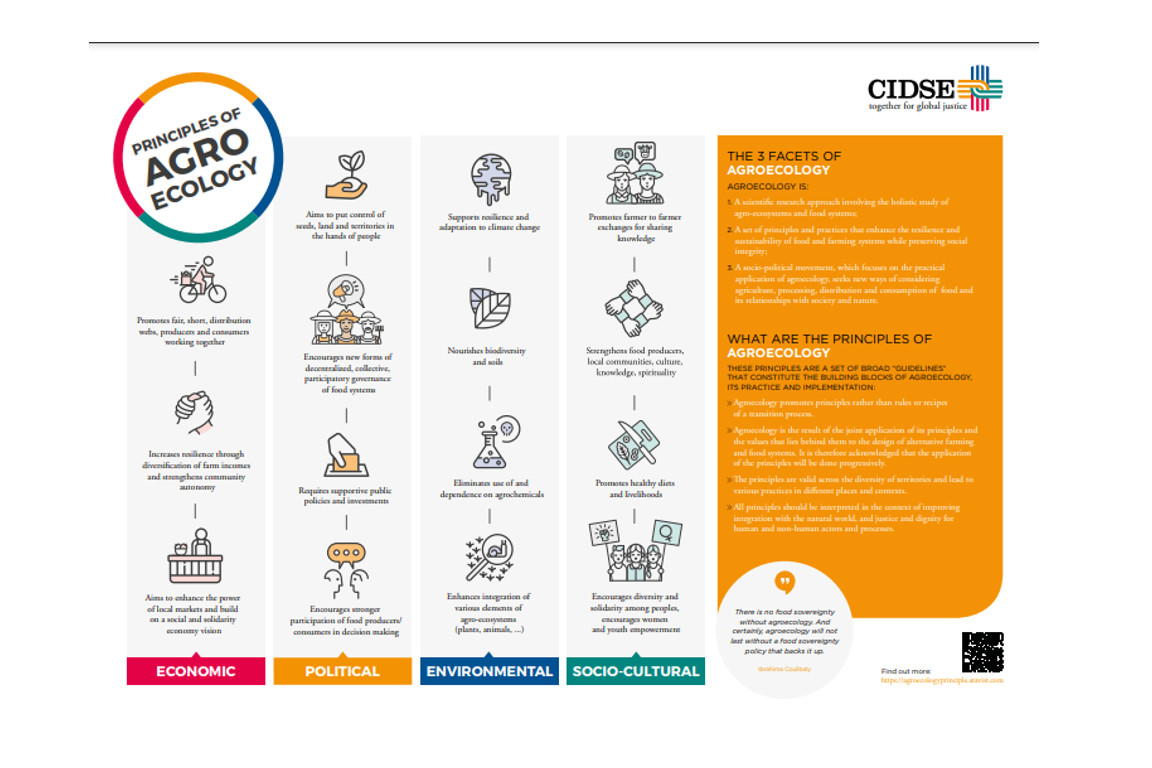
Infographie
Agroecological principles - CIDSE
Summary:Principles of Agrocecology from International Cooperation for Development and Solidarity putting in pl...

Guide
The 10 Elements of Agroecology
Summary: A useful framework produced by FAO As an analytical tool, the 10 Elements can help countries to oper...
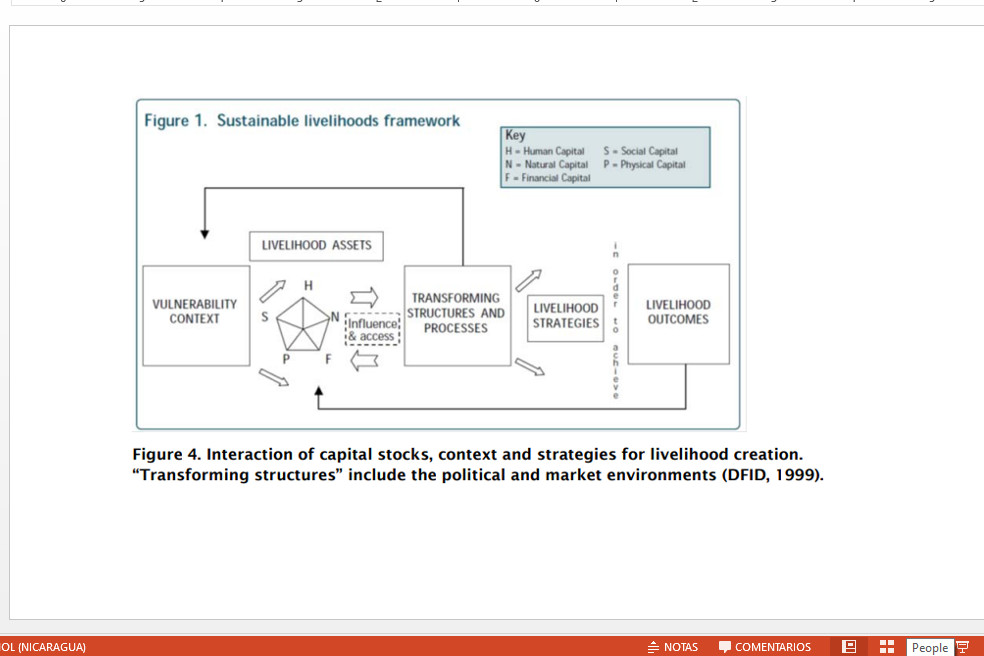
Article scientifique
RISE (Response Inducing Sustainability Evaluation)
Summary: Response-Inducing Sustainability Evaluation (RISE) developed by Swiss researchers to evaluate sustai...
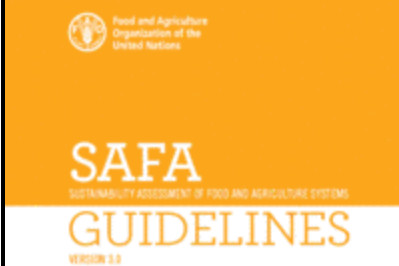
Outil
SAFA (Sustainability Assessment of Food and Agriculture Systems)
Summary: Sustainability Assessment of Food and Agriculture systems (SAFA). With a view to offer a fair playing...

Outil
NaRIA: Natural Resource Integrity Assesment
Summary: The purpose of the NaRIA Score Card is to provide a rapid assessment of the Natural Resource Integrit...
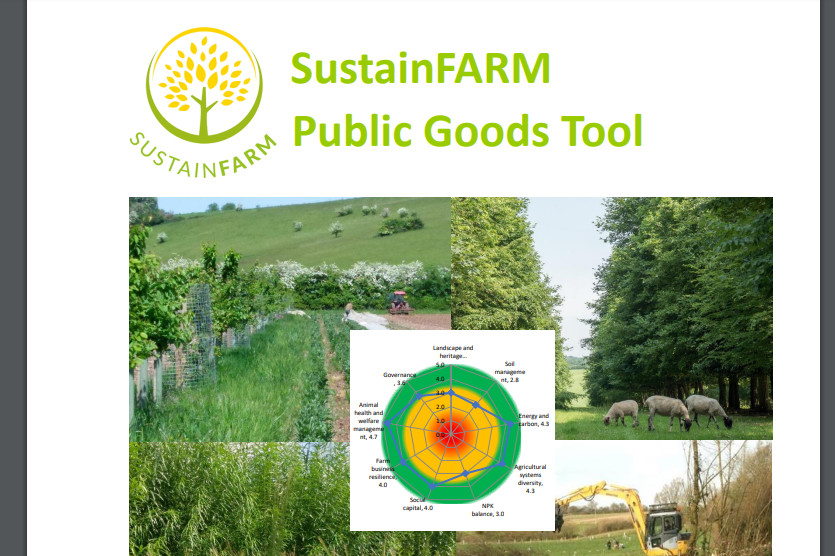
Outil
SustainFarm Public Goods Tool
Summary: The SustainFARM Public Goods Tool helps farmers assess the sustainability of their farming system wit...
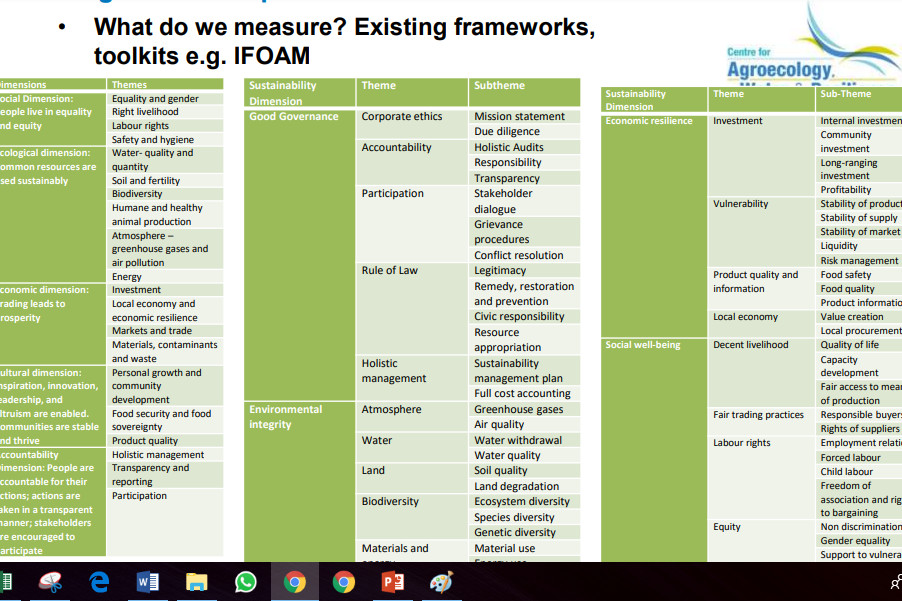
Présentation
Agroecology: how do we measure its social impact
Summary: Presentation for Coventry University, Centre for Agroecology, Water & Resilience, considering differe...
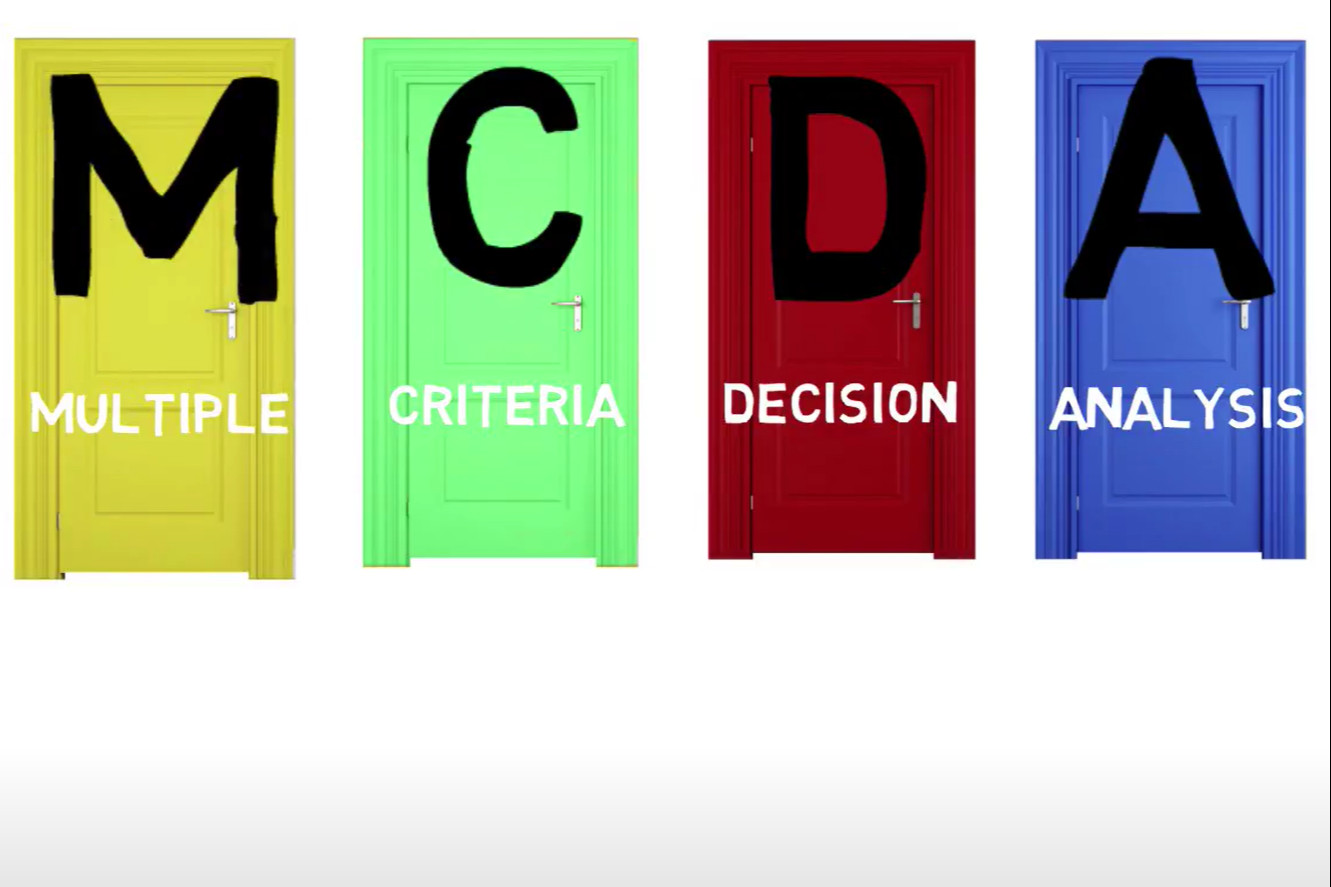
Article scientifique
Analysis of the potentials of multi criteria decision analysis methods to conduct sustainability assessment
Summary: An academic review of different methodologies used to create sustainability assessment tools, focusin...
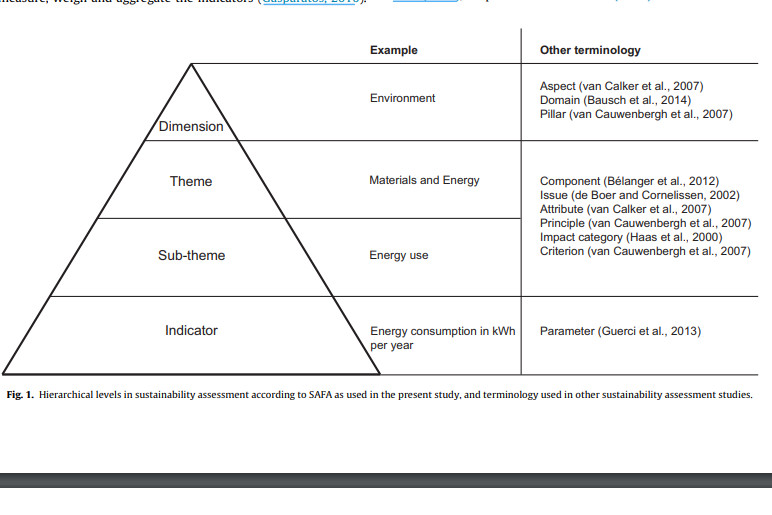
Étude de cas
Assessing sustainability at farm-level: Lessons learned from a comparison of tools in practice
Summary: An academic review of different assessment tools, used on the same farms in Denmark. Tools assessed i...